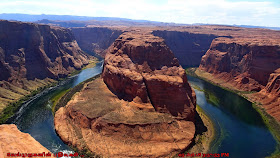Buck Creek Falls Gifford Pinchot National Forest
Buck Creek Falls is a small waterfall on Buck Creek, the
source of White Salmon's water supply. A trail spur leads to the top of the
falls, which spills into a lovely shaded pool in a basalt-rimmed bowl. Montia,
alumroot and saxifrage adorn the rocks. The waterfalls is located in Gifford
Pinchot National Forest and can be accessed by Trail #54 Buck Creek.
Directions to Buck Creek Falls
Cross the Hood River Bridge from I-84 to White Salmon (toll
$2). After crossing the bridge, turn left on Highway 14 heading west for
Stevenson and Vancouver. In 1.5 miles, turn right onto Highway 141 Alt. for
Trout Lake and the Mt. Adams Recreation Area.
In 2.2 miles, turn left onto Highway 141 for BZ Corner, Trout
Lake and Glenwood. Drive 2 miles and make a left turn onto easy-to-miss Northwestern
Lake Road.
Go 0.4 miles, crossing the White Salmon River and come to a
four-way junction and a large signboard detailing the Buck Creek Trail System.
Keep straight here. The road becomes gravel and you drive 0.5 miles to the
junction with Nestor Peak Road (Road N-1000). Stay on the B-1000 Road.
Continue on B-1000 aka Buck Creek Road to the Campground
(milepost 3). This is a pull-in semicircle gravel area off the road with room
for 6 vehicles. This is the Buck Creek Falls Loop Trailhead.

























































